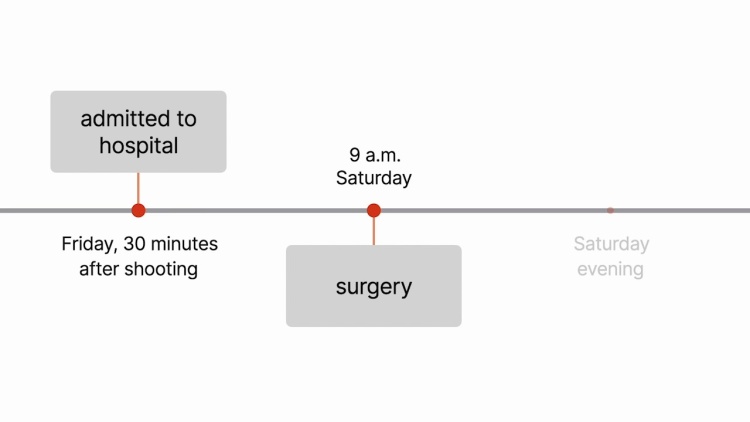People v. McGee
Supreme Court of California
187 P.2d 706, 31 Cal. 2d 229 (1947)
- Written by Caroline Milne, JD
Facts
Hank McGee (defendant) and his friend Linck went to a club that offered gambling in a card room. After drinking and playing a few games of cards, McGee and Linck had a disagreement over money. As McGee and Linck were leaving the club through a dimly lit bar area, McGee pulled and fired a gun, unintentionally shooting another man named Arthur Rypdahl in the abdomen. McGee fled the scene, and Rypdahl died the next day. Rypdahl’s autopsy showed that the bullet had caused profuse hemorrhaging and that the hemorrhaging was the immediate cause of death. The autopsy further stated that the hemorrhaging was sufficient to cause death unless quickly brought under control by medical intervention. Hospital records showed that no efforts were made to treat the wound until approximately 12 hours after Rypdahl was shot and 11 hours after Rypdahl was admitted to the hospital. McGee was arrested and charged with Rypdahl’s murder. At trial, McGee attempted to argue that the proximate cause of Rypdahl’s death was the medical negligence of the doctors who treated the bullet wound, but the trial court excluded evidence offered by McGee to support this defense. McGee was convicted of manslaughter. McGee appealed to the Supreme Court of California, arguing that the trial court erred by excluding evidence that would have shown that the negligent care Rypdahl received, not the bullet wound inflicted by McGee, was the proximate cause of Rypdahl’s death.
Rule of Law
Issue
Holding and Reasoning (Schauer, J.)
What to do next…
Here's why 899,000 law students have relied on our case briefs:
- Written by law professors and practitioners, not other law students. 47,000 briefs, keyed to 994 casebooks. Top-notch customer support.
- The right amount of information, includes the facts, issues, rule of law, holding and reasoning, and any concurrences and dissents.
- Access in your classes, works on your mobile and tablet. Massive library of related video lessons and high quality multiple-choice questions.
- Easy to use, uniform format for every case brief. Written in plain English, not in legalese. Our briefs summarize and simplify; they don’t just repeat the court’s language.







